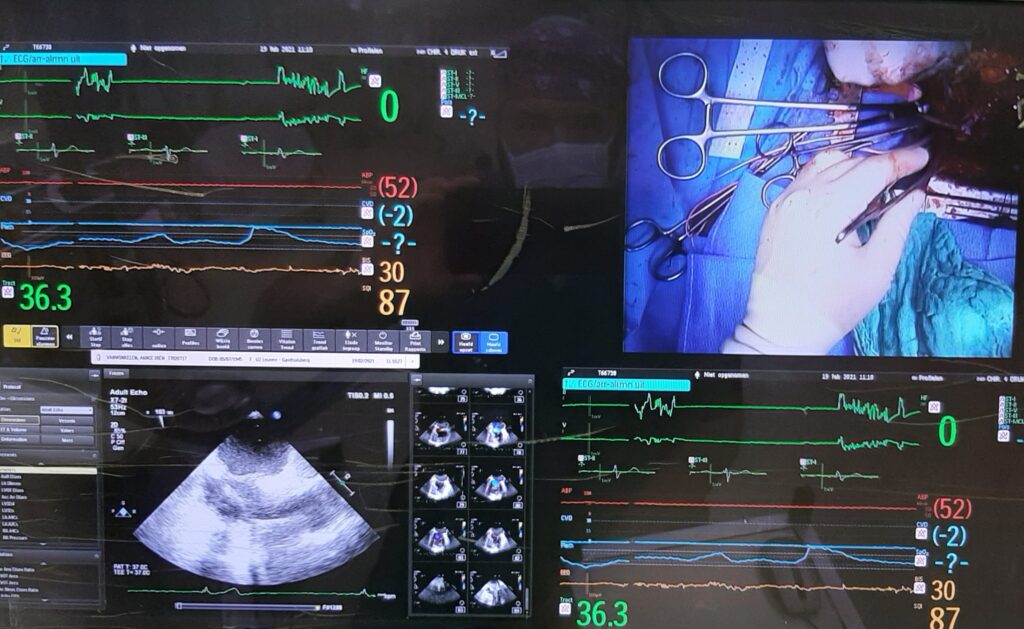Lessons Learned on A New Procedure: Nonsternotomy Minimally Invasive Pulmonary Embolectomy

The endpoint in emergent management of acute massive pulmonary embolism (PE) has traditionally been with embolectomy through a standard median sternotomy. This approach is limited in both exposure and concomitant functional morbidity associated with sternotomy. In a previous publication, we described a novel minimally invasive, thoracoscopically assisted approach to pulmonary embolectomy. This approach utilized a small 5‐cm left upper parasternal thoracotomy and femoral cardiopulmonary bypass to conduct thoracoscopically assisted surgical pulmonary embolectomy. The first publication featured three patients that had a massive pulmonary embolus that was treated with minimally invasive pulmonary embolectomy, and the initial data was positive and suggested that this approach is safe and feasible. We now broaden our experience with another two patients who underwent this approach, and highlight a number of technical and management modifications that have been made to optimize the procedure. These lessons learned will ideally benefit future surgeons as this approach is more heavily implemented in practice.
